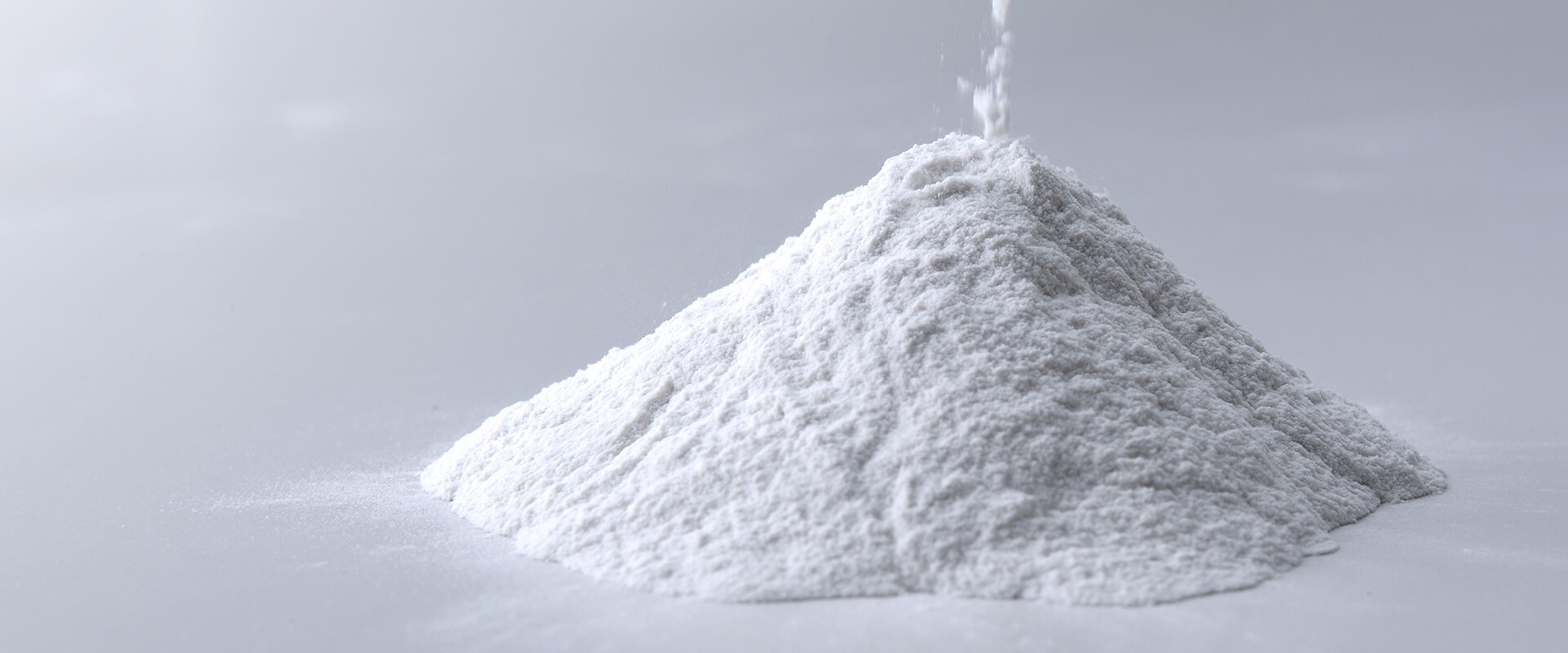

The Indian Institute of Technology (IIT) Guwahati said on Monday that researchers there have created a low-cost, effective "passive" radiative cooling system that runs without energy and can serve as a substitute for traditional air conditioners. This radiative cooler coating material may be placed on rooftops and works both during the day and at night, making it an electricity-free cooling device.

For the cooler to operate during the daytime, researchers considered employing silicon dioxide and aluminium nitride thin films. The wavelength range of solar and atmospheric radiations is matched by the low optical density of these materials.
"For a radiative cooler to work during daytime, the material should reflect the solar and atmospheric radiations falling on it. Since the materials used in conventional coolers absorb more solar radiations and emit less during the day, those do not work during daytime. While daytime cooling can be achieved using polymer-based passive radiative coolers, oxidation degrades the polymers resulting in a limited lifespan," stated Ashish Kumar Chowdhary, a research scholar at IIT Guwahati.

But they have a high optical density at wavelengths where there is the atmospheric transmission. When optical density is high, radiations penetrate the material more slowly and are absorbed more fully. The substance emits all of the radiation it has received to maintain thermal equilibrium, much like a black body.
Systems that use passive radiative cooling, work by releasing heat that has been absorbed from the environment as infrared radiation, which can travel through the atmosphere before being released into frigid outer space.
"These radiative coolers requiring no external energy sources for their operation could be one of the best alternatives to replace the conventional air conditioning systems used to cool buildings and automobiles in countries experiencing hot weather, such as India," said Prof. Debabrata Sikdar, Assistant Professor at Department of Electronics and Electrical Engineering, IIT Guwahati, in a statement.
Instead of using a single layer, the researchers applied silicon dioxide and aluminium nitride thin film layers in a cascade over a silicon substrate. The silver layer served as a ground metal. The cooler they created had an approximate reflectance of 97 per cent for solar and atmospheric radiation and emissivity of 80 per cent for wavelengths of atmospheric transmittance. A 15-degree drop in ambient temperature is possible because of the net cooling power, which is estimated to be 115 watts per square metre.



Responses






